The story of the Berber horses of Morocco is inseparably connected with the Atlas Mountains and its residents. As long as anyone can remember, they have been an integral part of the landscape of the Maghreb. Their kingdom extends from Mauritania through Morocco, Algeria and Tunisia to Libya.
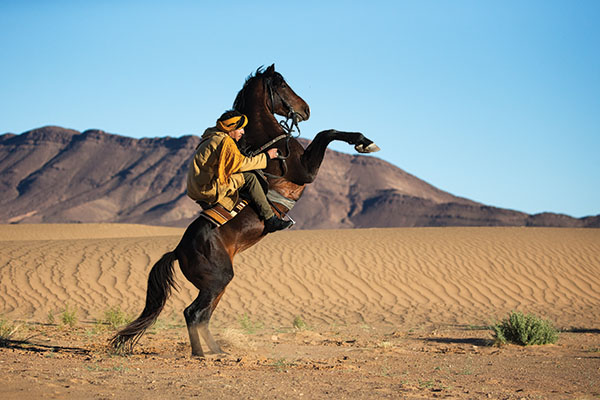
The Berbers are convinced that their horses are among the oldest breeds in the world. Scientists confirm this, with research showing that the horses that lived in the Sahara 4,000 years ago were similar to Berber horses we know today.
Barb Influence
In 647, Arabs began their invasion of the Maghreb, and then they turned to Europe. In 711, they conquered Spain, where they remained for almost eight centuries.
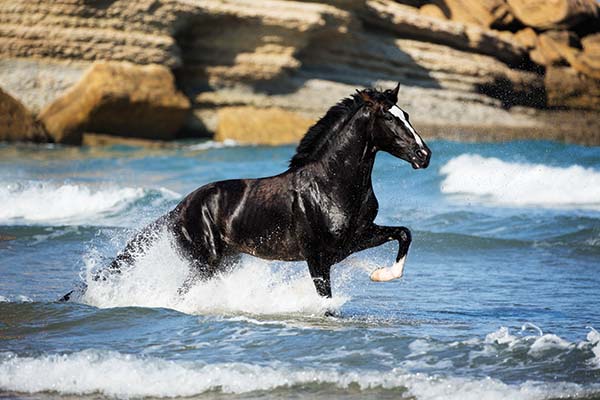
Berber horses came along with them to Europe, where they not only revolutionized the cavalry at this time, but also had an undeniable part in the creation of the Iberian breeds: the Andalusian and Lusitano. Berber and Arabian horses were often crossed. The goal was to obtain a steed combining the advantages of both breeds: the speed and strength of the Arabian with the hardiness, excellent back and golden character of the Barb.
A perfect athlete and exemplary companion, the Arab-Barb conquered the whole of the Maghreb in only one century, often to the detriment of the Barb, and introduced itself into European breeding.
The vast majority of the 300,000 Berber horses in Maghreb are Arab-Barbs. At the turn of our century, the pure Berber has almost disappeared in favor of his Arab-Barb brother.
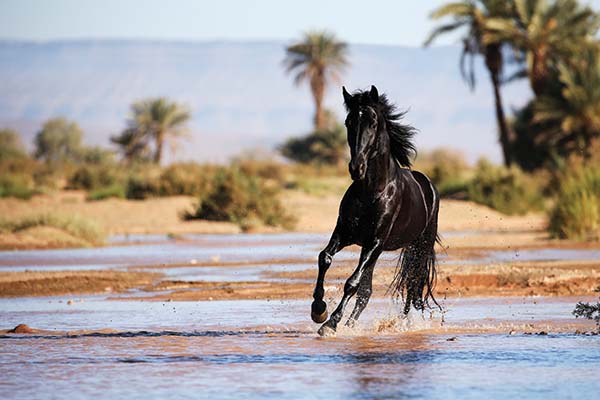
Barb Character
The advantages of a Berber horse are not always visible at first glance. Compared to sport horses, they’re relatively small. To those who don’t know them, they may seem rather unemotional.
Nothing could be more wrong. They have the qualities of hot-blooded horses, which are sensitive under saddle and react to the slightest cue. At the same time, they remain perfectly controllable. They possess an indisputable softness, are easy to train, and have all the skills that need only to be developed through their hardiness, endurance, docility, patience, agility, and tirelessness. The saying goes that “the Barb dies but doesn’t grow old.”
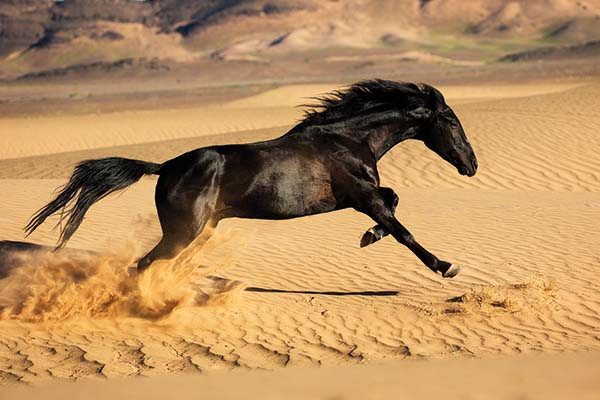
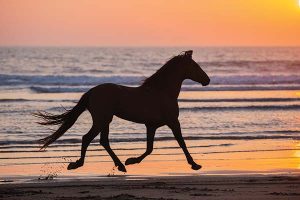
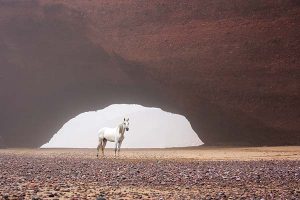
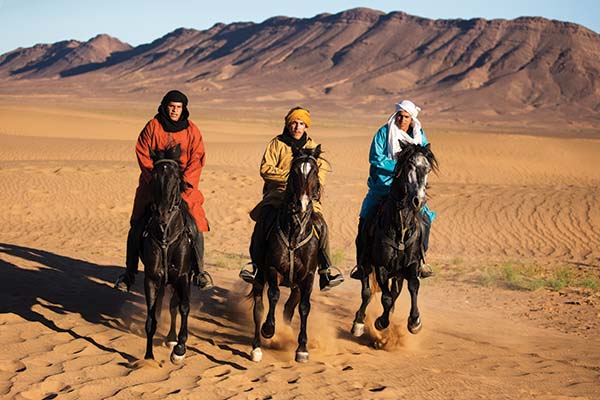
This article about the horses of Morocco appeared in the September 2020 issue of Horse Illustrated magazine. Click here to subscribe!





